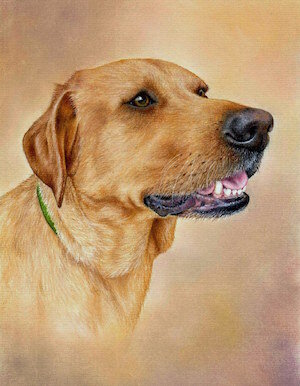Leaving out the Background on a Picture
We were sent in an interesting question from Maree recently regarding backgrounds:
When drawing animals do you ever leave a background out completely? If so, how do you stop it from looking like it is just floating?
I have had a few similar questions like this recently so I though it would be a good idea to give you my take on this.I have always been of the opinion that pictures with backgrounds are paintings and pictures without backgrounds are illustrations. This does not make them any less artistic, it is just the way they are viewed.[fusion_builder_container hundred_percent="yes" overflow="visible"][fusion_builder_row][fusion_builder_column type="1_1" background_position="left top" background_color="" border_size="" border_color="" border_style="solid" spacing="yes" background_image="" background_repeat="no-repeat" padding="" margin_top="0px" margin_bottom="0px" class="" id="" animation_type="" animation_speed="0.3" animation_direction="left" hide_on_mobile="no" center_content="no" min_height="none"] It is certainly easier to produce head and shoulder portraits without backgrounds as they do not appear to "float". However as Maree points out when a whole animal is painted then unless a background is put in then the subject will certainly appear to "float".There is another way this could be done though, a base colour can be added to the bottom of the subject such as under feet or paws, this will give the appearance of grounding the subject. I used this technique in my recent figure drawing projects, but these were drawings not paintings.I have to be honest though I would prefer a background every time as I feel that this finishes off a painting even if it is just a simple one.We have a Digital DVD and portion of our video gallery dedicated to painting backgrounds to pastel pencils. For more information on becoming a member, click here.[/fusion_builder_column][/fusion_builder_row][/fusion_builder_container]
It is certainly easier to produce head and shoulder portraits without backgrounds as they do not appear to "float". However as Maree points out when a whole animal is painted then unless a background is put in then the subject will certainly appear to "float".There is another way this could be done though, a base colour can be added to the bottom of the subject such as under feet or paws, this will give the appearance of grounding the subject. I used this technique in my recent figure drawing projects, but these were drawings not paintings.I have to be honest though I would prefer a background every time as I feel that this finishes off a painting even if it is just a simple one.We have a Digital DVD and portion of our video gallery dedicated to painting backgrounds to pastel pencils. For more information on becoming a member, click here.[/fusion_builder_column][/fusion_builder_row][/fusion_builder_container]

